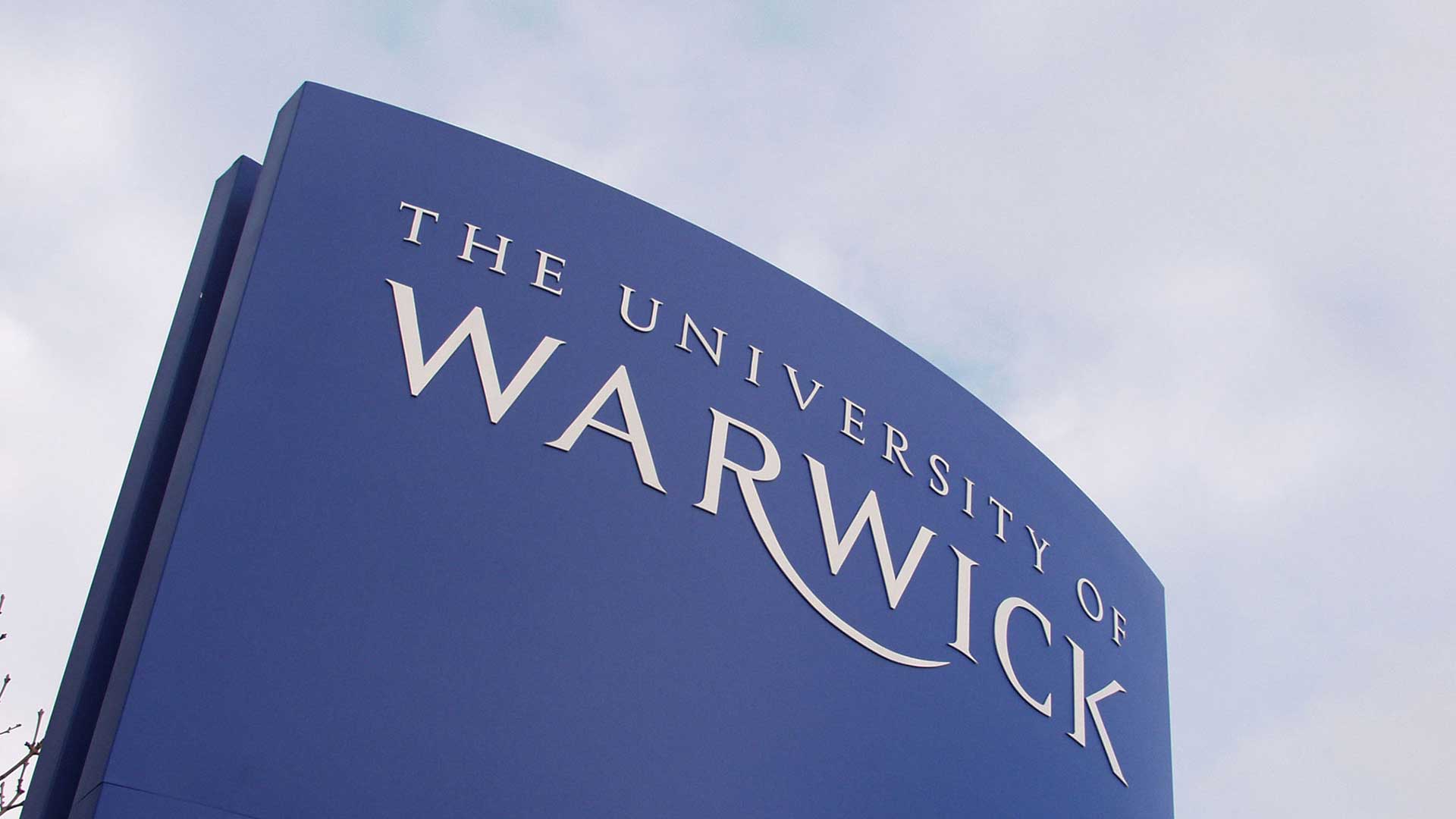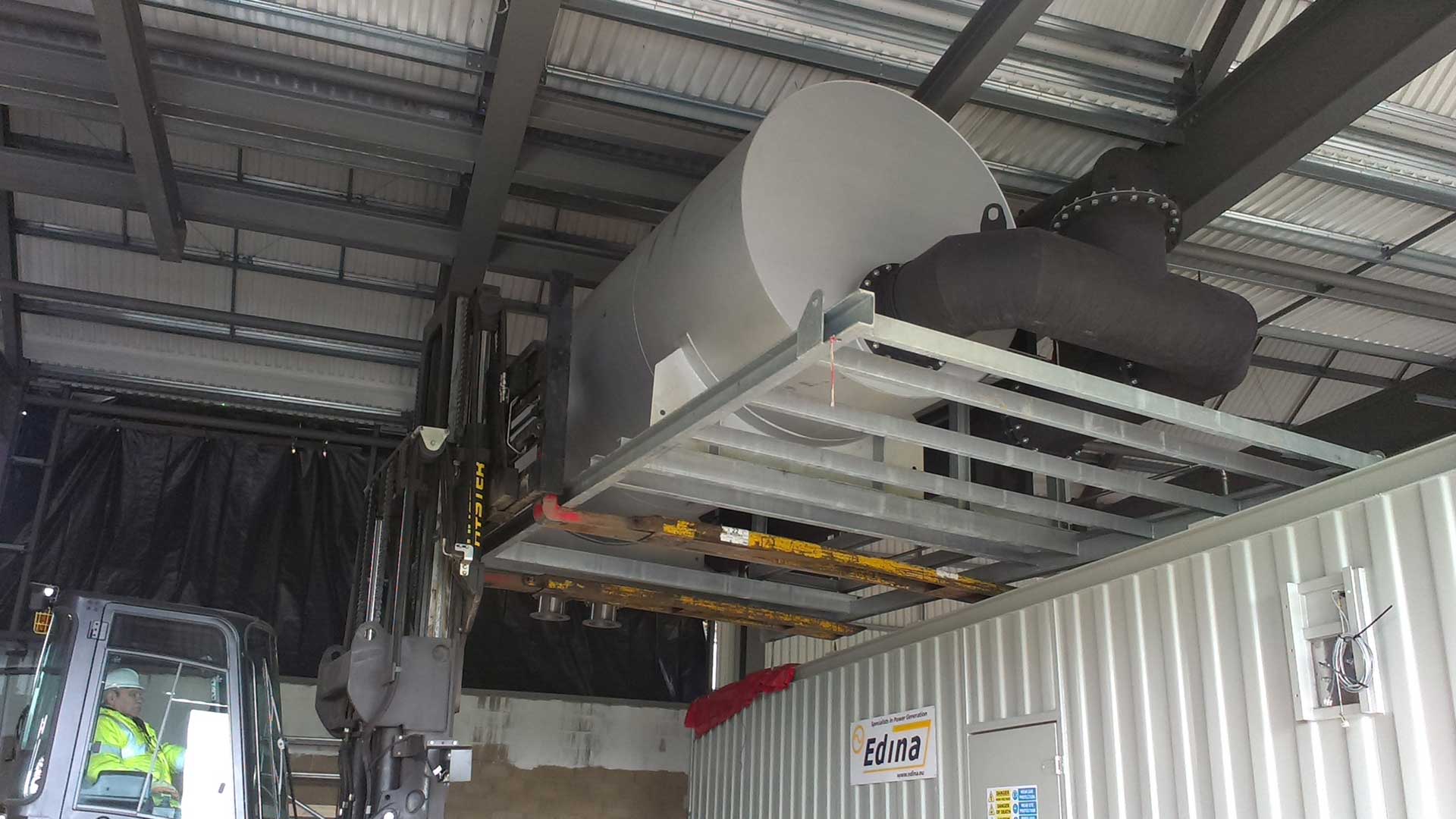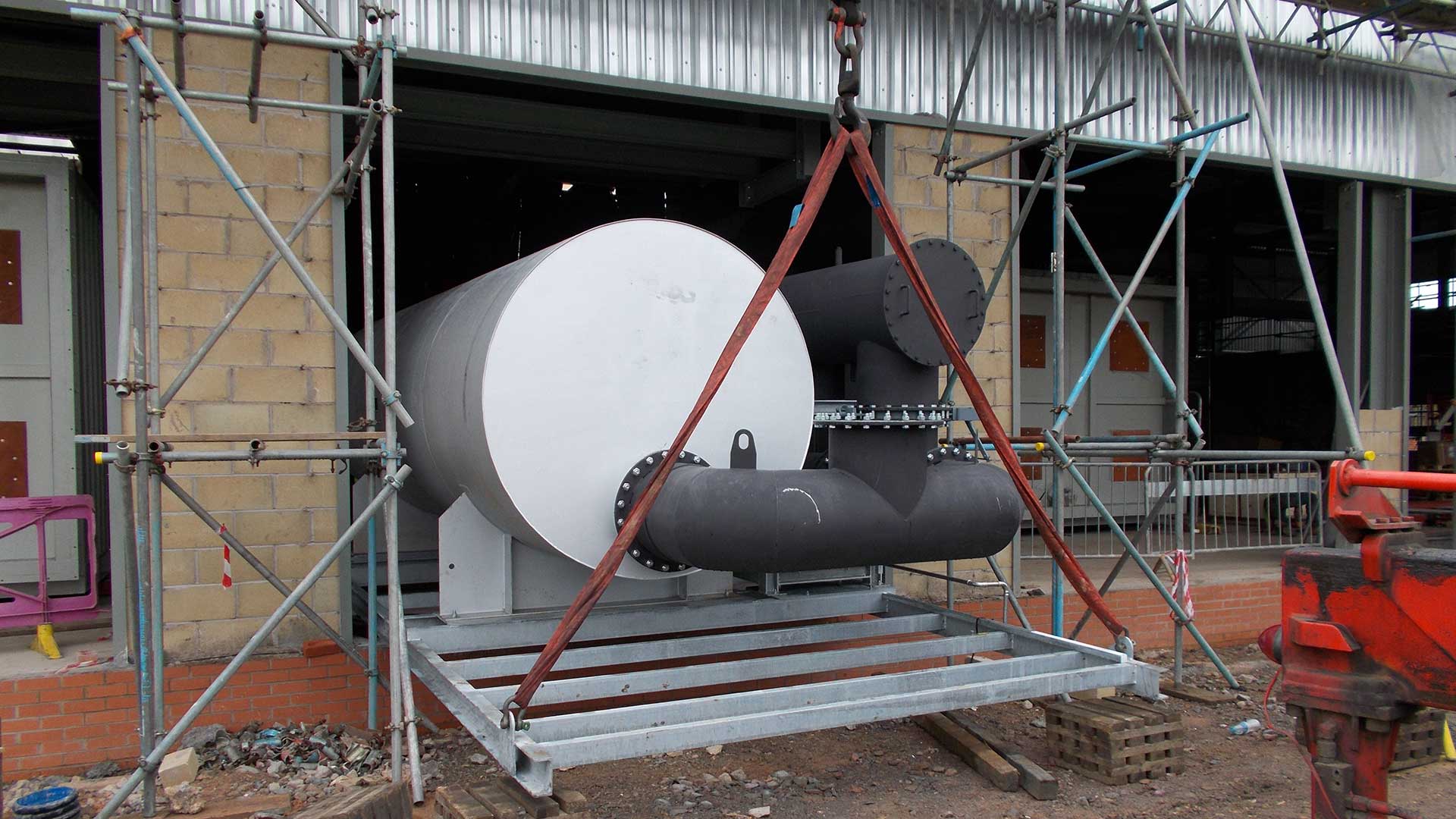Search
The University of Warwick is one of the UK’s leading research institutions. Spanning a 292 hectares main campus estate and home to more than 23,000 students, the University partnered with the Carbon Trust to deliver a Carbon Management Energy Efficiency programme to reduce CO2 emissions and further reduce spiralling energy costs.




The University of Warwick is one of the UK’s leading research institutions. Spanning a 292 hectares main campus estate and home to more than 23,000 students, the University partnered with the Carbon Trust to deliver a Carbon Management Energy Efficiency programme to reduce CO2 emissions and further reduce spiralling energy costs.
The development of the Carbon Management Energy Efficiency programme was to establish the University’s strategic direction on carbon management until 2020 and develop and nurture carbon management as a core business process.
In order to meet the targets set by the Carbon Management programme, the University developed a new Energy Centre, an expansion of the University’s district heating network to increase the Combined Heat and Power (CHP) capacity with an annual projection of reducing carbon emissions by 3,644 tonnes and energy saving of up to £650k per annum.
Following an extensive tender process the contract was awarded to Edina UK Ltd. The full turn-key contract included the design, manufacture, supply, installation and commissioning of two MWM gas engines. With a combined electrical output of 4MWe, the MWM TCG 2020 V20 engines were containerised in the University’s purpose built energy centre located on the Cryfield campus.
Both CHP plants provide full heat recovery, recovering heat from the engine jacket water, lube oil, intercooler and exhaust gases, and interface both electrically and thermally to the existing on-site infrastructure.
The MWM TCG 2020 engines offer high efficiency and power security. To minimise the installation time on site and carbon footprint, both engines were containerised off site.
The University of Warwick has aligned its carbon emissions reduction target with the UK Energy act to reduce 2020/21 carbon emissions by 34% compared to 1990. The Estates office has placed the University CHP and heating/cooling network installation at the heart of the plan as a key instrument to deliver low carbon for the campus and for UK plc.
The University is proud of its campus location and landscape. The ability for the Energy Centre and CHP engines to blend in the environment was an important design criteria.
The Energy Centre is erected in close proximity to halls of residences with open views on the countryside. Visual and noise pollution limitation were very strict. Planning specified noise perceived by residents when the CHP are in operation must be similar than before construction.
The CHP plants were packaged in short containers to meet the 75 dBA @1m specification with control panels mounted at the end of the panels to reduce the footprint within the energy centre.
Both CHP plants were designed with the added flexibility of running on either electrical or thermal load. The exhaust heat recovery system has a multi-purpose built in bypass system that can be used to divert heat in case of electricity lead operation, or allow the CHP to keep running in case of heat exchanger maintenance. This allows the University to undertake large scale high temperature heat storage research.
The University of Warwick CHP installation generates near 15% primary energy savings and in excess of 15% financial savings.
Traditional power stations rarely recover heat from the generating process. The University of Warwick CHP installation continuously adjusts its operation to maximise heat recovery and power generation. Based on an average power stations conversion efficiency of 40% and 80% average boiler efficiency ratio, the University of Warwick CHP installation saved 13% primary energy compared to power and heat that would have been purchased from the grid in 2012/13.
Similarly, the UK spark price between gas and electricity (difference between electricity and gas unit rate) allowed a net operating financial saving of 16% in the 2013 calendar year compared to costs that would have been incurred without the CHP installation. All savings are returned to the university research and teaching core mission.
The University of Warwick CHP and network installation saves around 12% carbon emissions per year compared to “no CHP with utilities bought from the grid only”.
The exhaust system is designed to reduce engine noise to 60 dBA @1m from the outlet as well as meeting it along the length of the silencer. The heat dump system for both CHP plants are interconnected to provide the flexibility to run both plants when one of the coolers is inactive due to maintenance, resulting in higher availability.
The ventilation system is designed to take air from the façade of the energy centre which is passed over the engine and then discharged at the other end of the building while maintaining a low noise of 65dBA @1m.
Both CHP plants are fitted with electrical, heat and gas meters to comply with Combined Heat and Power Quality Assurance (CHPQA) requirements. The plants are served by common fresh and waste oil tanks inside a bund to assist compliance with the University Estates Office ISO 14001 certification.
The Cryfield Energy Centre installation of CHP improves the University’s flexibility to ensure security of power and contributes to reducing the University’s operating costs.
By connecting other University buildings (academic departments and student, staff and family residential) to the CHP district heating network will further bring long term sustainability in line with the University’s Carbon Management Plan to reduce carbon emissions, reduced energy rates in line with the government’s ambition to decarbonise residential and non-residential building stock.
With a growing student population and an inevitable increase in energy consumption, the University’s Cryfield Energy Centre will provide a significant part of the targeted low cost and low carbon heat and power across the campus allowing additional funds to be redistributed for research and curricular resources.
The University offers visitors and the general public an opportunity to walk the Energy Trail, a 5km route around the campus showcasing its sustainability features and raising the awareness of the application of CHP technologies to student and the general public. The University’s environmental sustainability ambition is to educate us all to live as global citizens in a more resource constrained world.
District heating and CHP is also promoted through a series of lectures and talks given by the Estates office. The electricity generated by the CHP plants power the University’s electric vans which are operated by the Estates Service department, Estate Commercial Group and Warwick Accommodation.
The University’s sustainable credentials can be felt across the campus’ Energy Trail. Essentially a tour de force in sustainability. The trail, promotes for example, how its buildings are using an innovative fresh air cooling system in its data centre that reduce energy by 90% compared to conventional AC systems. Others showcase low energy transport to reduce emissions from staff and student travel. The route also showcases how solar technology is being tested and improved, as well as providing information about absorption chilling, and how thermal storage increases the efficiency of the CHP across the campus, and the student designed wind turbine at the Cryfield sports pavilion. Not only does the trail demonstrates the University’s long term green commitment, but its accessibility to the general public will engage the visitors of today, and inspire the future leaders of tomorrow.
Furthermore, the University is addressing global challenges through a funded energy research project, involving all sectors of the research community to identify a step change in critical areas such as thermal energy and energy storage.

Client:
University of Warwick
Location:
Coventry, UK
Capacity:
4MWe
Operational:
2015
Manufacturer:
MWM
Packager:
Edina
Engine Type:
2 x 2MWe TCG 2020 V20
Primary Fuel:
Natural Gas
Queen’s University Belfast saves £948,000 per annum through CHP technology.
Read moreCranfield University reduce energy costs and emissions through Edina CHP.
Read moreEdina CHP educates University of York to reduce energy costs and carbon emissions as part of a wider energy and carbon reduction initiative.
Read more



Copyright © Edina. All Rights Reserved.